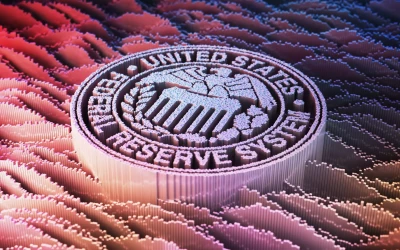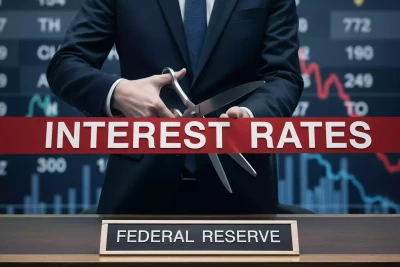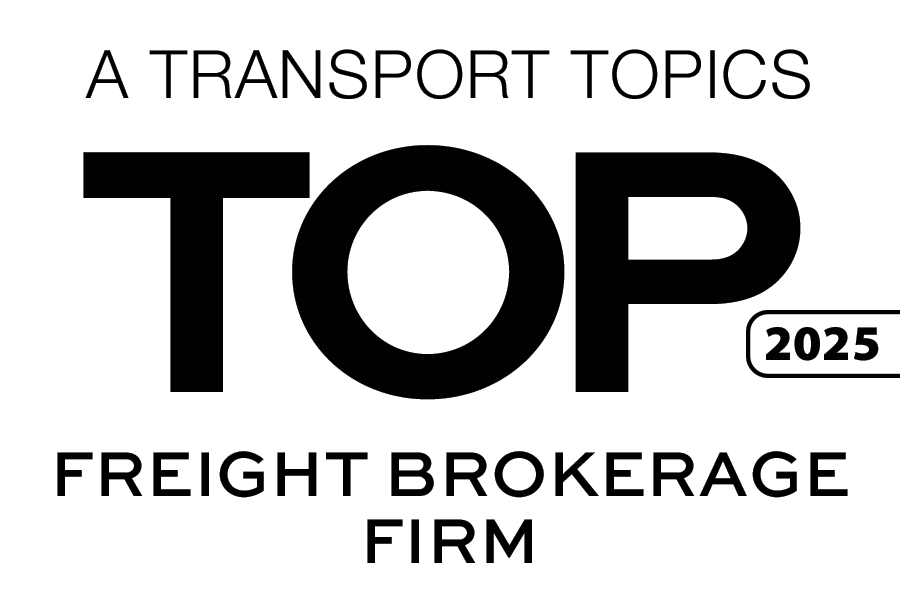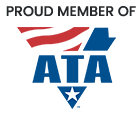To Cut or Not to Cut? What the Fed’s Next Move Means for the Economy
September 9, 2025
 All eyes are on the Federal Reserve as markets anticipate the central bank’s upcoming decision on interest rates. With speculation of a 25-basis-point cut, businesses and consumers alike are watching closely to understand how such a move might shape economic conditions in the months ahead.
All eyes are on the Federal Reserve as markets anticipate the central bank’s upcoming decision on interest rates. With speculation of a 25-basis-point cut, businesses and consumers alike are watching closely to understand how such a move might shape economic conditions in the months ahead.
One key question economists continue to wrestle with is why tariffs have not yet made a larger impact on consumer prices. While it’s true that tariffs raise costs, businesses have employed strategies to soften the blow. Stockpiling goods before tariff deadlines and cost-sharing agreements between exporters and importers have helped delay the pass-through of higher prices to consumers.
“Why haven’t the tariffs taken effect yet?” Asks Allianz Trade North America Senior Economist Dan North. “I would suggest that the tariffs have had an effect. It’s just not super visible yet, and I think there’s more in the pipeline.”
Still, underlying data shows signs of pressure. The Producer Price Index (PPI)—a measure of what producers are paid for goods and services—has jumped recently. This uptick suggests that inflationary effects are in the pipeline, even if they haven’t yet fully shown up on store shelves. Meanwhile, many retailers caution that margin compression can’t continue indefinitely. Once stockpiles are gone and protective strategies exhausted, consumers could begin to feel the pinch.
On the growth side, the economy presents a mixed picture. Recent GDP revisions show resilience, with consumer spending remaining strong and corporate investment rising, particularly in artificial intelligence, which is rapidly becoming a driver of future productivity and growth.
Have the full effects of tariffs been felt in today’s economy, and what will rate cuts add to the situation? Get in-depth analysis on economic trends in the latest episode of the Stay In Your Lane Podcast.
But the labor market tells a different story. Weaker results over the past three months have raised concerns about slowing job creation, declining personal income, and softening consumption. This has added to the mounting pressure on Fed Chair Jerome Powell. while headline GDP numbers look healthy, labor market weakness points to the need for monetary support.
The Federal Reserve’s challenge is finding equilibrium. Keeping rates too high risks choking growth, while lowering them too much could stoke inflation. Futures markets currently predict an interest rate cut with more than 80% probability, reflecting expectations that the Fed will act to support employment despite lingering inflation risks.
“It’s a risky proposition to cut rates, but it’s what’s going to happen,” warns North. “You’re putting the risk of stoking inflation when maybe you don’t even need it.”
Adding to the pressure is persistent advocacy from the White House. While administrations of all stripes have historically favored lower interest rates, the current environment has seen unusually direct pressure on the Fed to stimulate the economy, which could weigh on the upcoming decision.
The risk is that cutting rates before inflation is fully under control could reignite price pressures. Just last year, an aggressive 100-basis-point reduction coincided with inflation reversing course, and current measures such as the PPI and the Fed’s preferred core PCE index remain stubbornly elevated. With inflation hovering well above the Fed’s 2% target at around 2.8%, rate cuts now could prove premature.
Still, the consensus remains that at least one rate cut is likely in September, with the possibility of another before year’s end. Lower borrowing costs would ease pressure on homebuyers, corporations, and consumers alike, but the longer-term outcome hinges on whether inflation stays contained.
 Despite the recent sideways trend in inflation, Powell and other Fed officials maintain that the 2% target remains appropriate. The reasoning is straightforward: keeping inflation anchored around this level provides stability while preserving room for the Fed to maneuver interest rates as needed. Dropping too close to zero, or worse, into negative territory, would strip monetary policy of its effectiveness.
Despite the recent sideways trend in inflation, Powell and other Fed officials maintain that the 2% target remains appropriate. The reasoning is straightforward: keeping inflation anchored around this level provides stability while preserving room for the Fed to maneuver interest rates as needed. Dropping too close to zero, or worse, into negative territory, would strip monetary policy of its effectiveness.
That said, some suggest that if inflation can be held near 2.5% without destabilizing growth, the Fed might consider that “close enough” to declare progress. Whether that becomes the new normal remains to be seen.
“We’ve had some pretty bad results in the labor market in the past three months. Maybe we should have cut rates already to support the labor market and the economy in general,” says North on the Fed Chair’s current rationale.
The Federal Reserve’s upcoming decision is a pivotal event with ripple effects across industries, from housing to transportation to consumer goods. For businesses in logistics and beyond, the balance between growth and inflation will shape demand, investment, and cost structures well into 2025.
In a climate with plenty of risks and opportunities, understanding the forces at play is key. At Triple T Transport, we’re monitoring these economic shifts closely to better serve our partners. Whether the market favors expansion or demands efficiency, our team is ready to deliver industry-leading 3PL solutions you can depend on.














